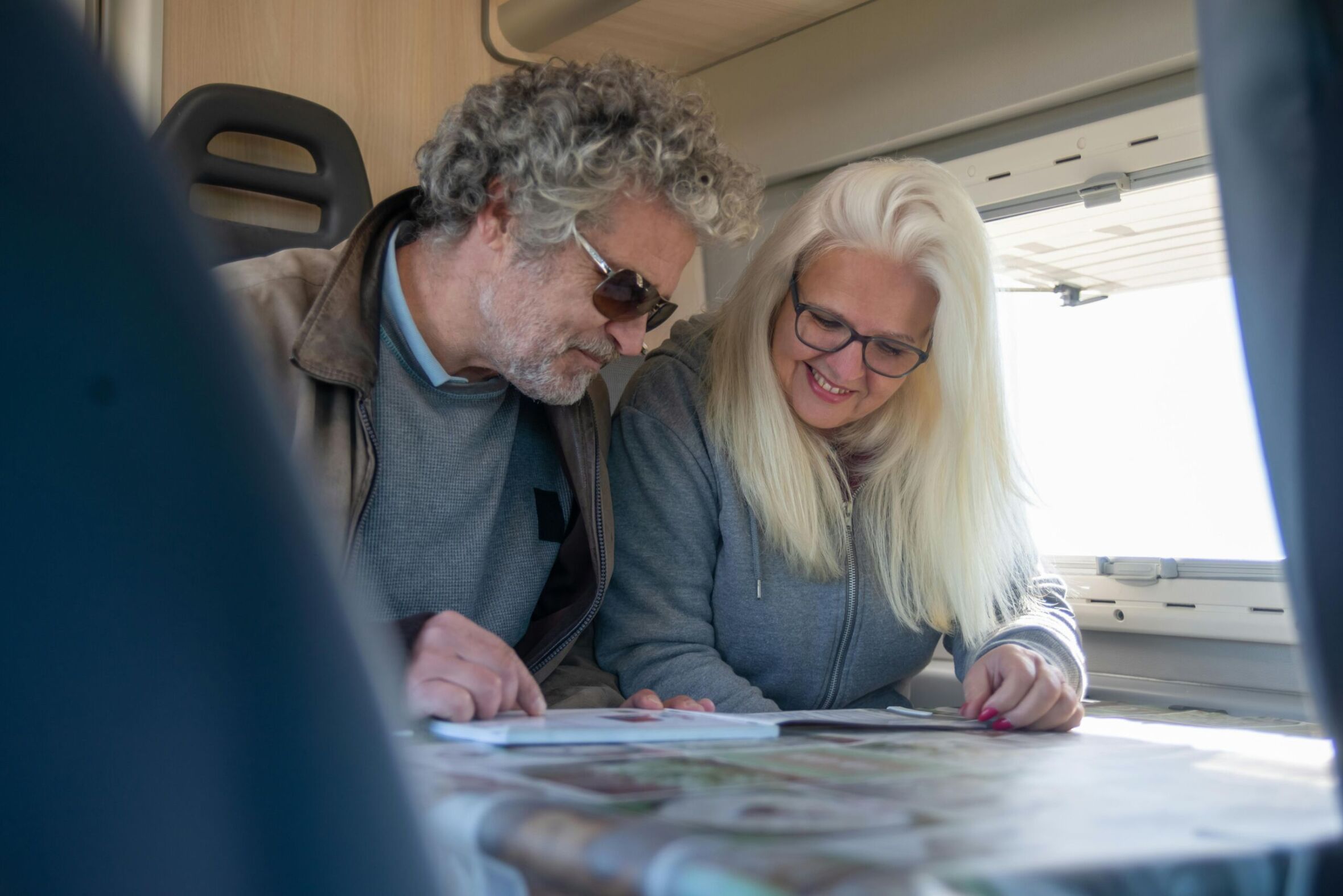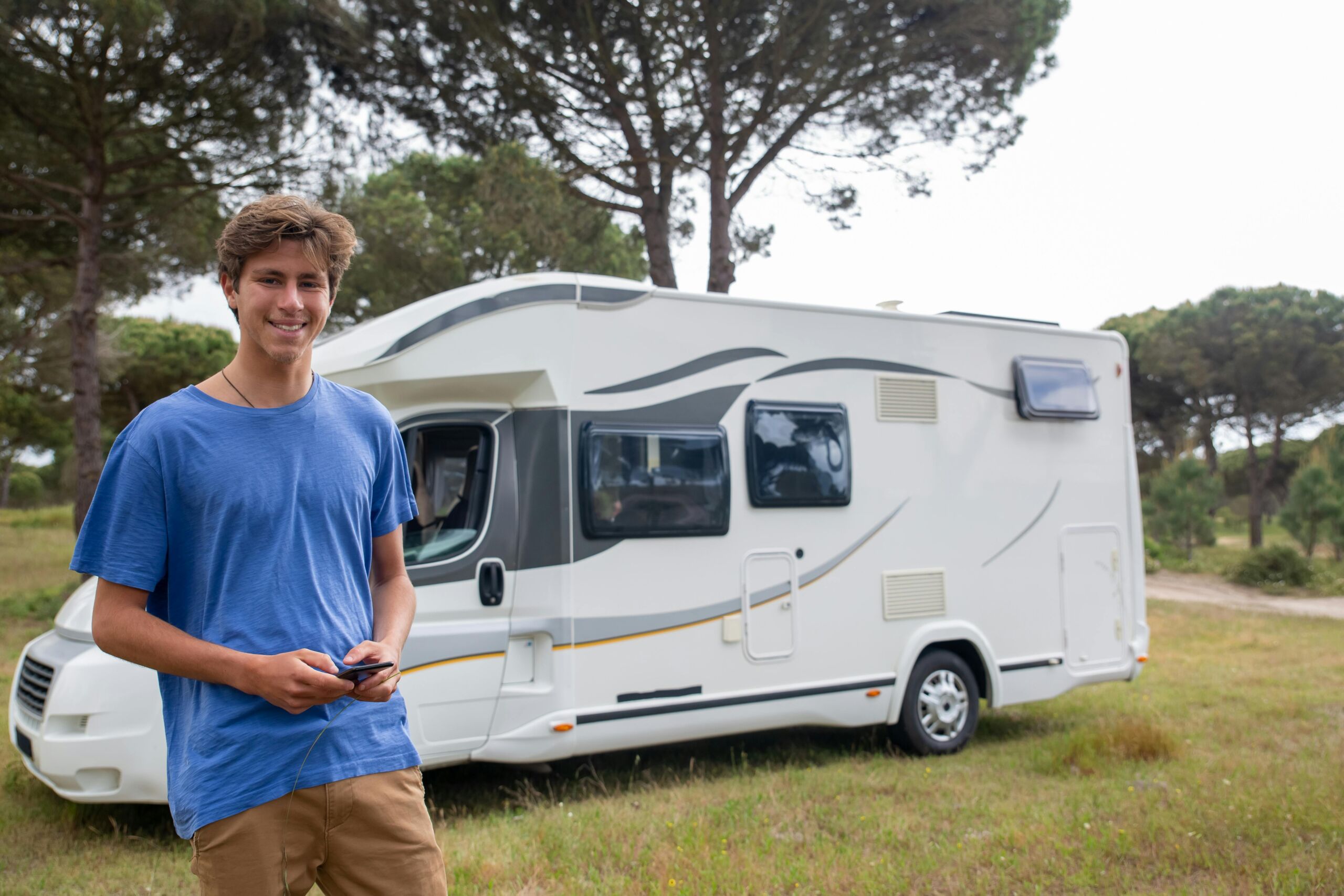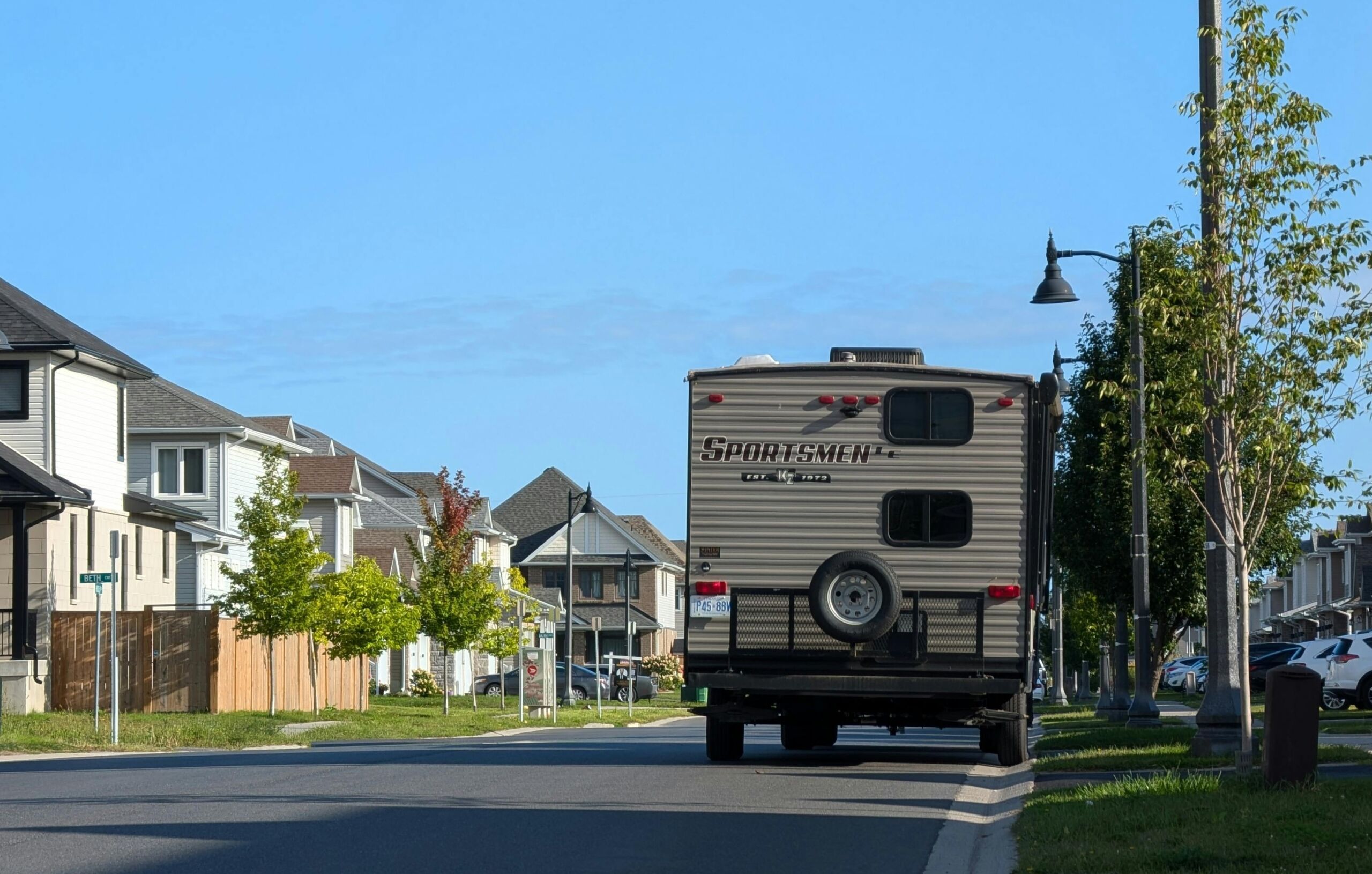Budgeting for Temporary RV Living: What You Need to Know
There’s something undeniably appealing about the idea of living in [...]

There’s something undeniably appealing about the idea of living in an RV. Whether you’re considering it for a few weeks, a few months, or even longer, RV life offers a unique blend of freedom, adventure, and flexibility. But before you hit the road, it’s important to understand the financial side of temporary RV living.
While RV life might seem like a cheap and easy way to travel, there are a number of costs to consider. From rental fees to maintenance and campgrounds, budgeting for RV living requires a little more planning than you might think.
Here’s what you need to know to create a realistic budget for your temporary RV lifestyle.
1. RV Rental Costs
If you’re renting an RV for temporary living, rental costs will likely be your biggest expense. RV rental prices vary widely depending on the type, size, and age of the RV, as well as the time of year you’re renting.
- Class A Motorhomes (the big ones) are the most expensive to rent, with prices typically ranging from $150 to $350 per night or more, depending on the model.
- Class C Motorhomes (mid-sized, with a sleeping area over the cab) are more affordable, ranging from $125 to $250 per night.
- Class B Vans (smaller, more compact) are the least expensive to rent, averaging around $100 to $175 per night.
- Travel Trailers can vary, but on average, renting a trailer might cost anywhere from $50 to $150 per night depending on size and features.
Keep in mind that most rental agencies also charge a cleaning fee, insurance fees, and mileage charges. Some RVs come with unlimited mileage, but many rental companies charge an additional fee after a certain number of miles.
Pro Tip: Rent during the off-season if you can (fall or early spring). Prices are typically lower, and you’ll have more options available.
2. Insurance and Protection Plans
When you rent an RV, you’ll be required to carry insurance, which will add to your overall costs. Typically, rental companies offer a few different options:
- Basic Insurance: This is often included in the rental price, but it may have a higher deductible and limited coverage.
- Premium Insurance: This provides more comprehensive coverage but comes at an extra cost—anywhere from $20 to $50 per day.
If you’re traveling with valuables or plan to drive through high-risk areas (mountains, for example), paying for extra insurance could give you peace of mind.
Additionally, you may be able to add a roadside assistance package for around $10 to $30 per day. This can be helpful if you break down or run into issues with your RV, and it’s worth considering, especially if you’re new to RV life.
3. Fuel Costs: Don’t Forget the Gas!
Whether you’re driving a small camper van or a massive Class A motorhome, fuel will be one of your biggest ongoing expenses. RVs tend to be gas-guzzlers, with fuel efficiency averaging around 8-12 miles per gallon for most motorhomes. Smaller RVs like Class B vans are more efficient, but even those might only get 15-20 MPG.
To estimate your fuel costs, here’s a quick breakdown:
- Distance: Figure out how many miles you’ll be traveling. If you’re taking a cross-country road trip, this could be a lot!
- Fuel Efficiency: RVs aren’t built for great gas mileage, so expect to spend a lot more on fuel than you would in a regular car. A large Class A motorhome might cost upwards of $100-$150 to fill up, and depending on how much you drive, you could end up spending several hundred dollars a week on gas.
Pro Tip: Try to plan your route carefully to avoid long detours or backtracking. It’s also a good idea to track your gas consumption, so you can adjust your budget as needed.
4. Campground Fees: Where Will You Stay?
Another significant cost in RV living is where you park the RV. Campground fees vary depending on location, amenities, and season. On average, you can expect to pay:
- Basic campgrounds with just water and electricity hookups: $30 to $50 per night.
- Full hookup sites with water, electricity, sewer, and Wi-Fi: $50 to $100 per night.
- Luxury RV resorts with swimming pools, laundry facilities, and full amenities: $100 to $200 per night or more.
If you plan to boondock (camp without hookups) in remote areas or public lands, you can save significantly, with some campsites charging as little as $10 to $20 per night.
Pro Tip: Some national forests or Bureau of Land Management (BLM) lands allow free camping (aka “boondocking”). If you’re comfortable living off the grid and have the right equipment, this can be a great way to save money.
5. Utilities: Water, Propane, and Dumping Fees
In addition to campground fees, there are a few other ongoing costs to keep in mind when living in an RV:
- Water: You’ll need to fill up your fresh water tank regularly, especially if you’re staying in a dry campground or boondocking. Most campgrounds provide access to water, but if you’re off the grid, you’ll need to find places to refill (usually at truck stops or rest areas).
- Propane: RVs often run on propane for heating, cooking, and hot water. Depending on the temperature and how often you’re using these systems, you could spend anywhere from $20 to $50 per week on propane.
- Waste Disposal: When you’re staying at an RV park or campground, you’ll need to empty your black and gray water tanks. Some campgrounds include this in the fee, but others charge around $10 to $25 for dumping services.
Pro Tip: Be mindful of how much water you use to avoid frequent refills, and remember to conserve energy to avoid overusing propane and electricity.
6. Food and Supplies: Eating on the Road
One of the main benefits of RV living is the ability to cook your own meals, which can save you money compared to eating out. However, living in an RV also means limited kitchen space, which might require you to get a little creative when cooking.
- Groceries: Depending on how much cooking you plan to do, you can expect to spend around $100 to $200 per week on groceries. Some RVers find they save money by meal prepping and buying in bulk.
- Eating Out: While RV living might make you more self-sufficient, you might still eat out occasionally. Eating at casual restaurants or food trucks can cost anywhere from $10 to $30 per meal, depending on location.
Pro Tip: Make use of your RV’s kitchen for simple, one-pot meals that don’t require too much space or equipment. This can significantly lower your food budget.
7. Miscellaneous Costs: Entertainment and Activities
While living in an RV is about freedom, you’ll still need to budget for activities to keep you entertained and make the most of your travels. Here are some things to consider:
- National Park Fees: If you plan to visit national parks, entrance fees range from $20 to $35 per park, though an annual National Parks pass costs about $80 and can save you money if you visit multiple parks.
- Outdoor Gear: If you plan to hike, bike, or enjoy other outdoor activities, you may need to invest in gear like bicycles, hiking boots, or camping equipment.
- Entertainment and Wifi: You may want to budget for occasional activities like museum visits, concerts, or streaming services for entertainment. Some RV parks offer Wi-Fi, but it’s often spotty, so you might need to invest in a mobile hotspot.
Final Thoughts: Planning Your RV Budget
Temporary RV living can be an affordable alternative to traditional housing or travel, but like any lifestyle, it comes with costs. By understanding your rental fees, fuel expenses, campground rates, and utility costs, you can build a realistic budget that suits your needs.
While there are certainly ways to save (boondocking, cooking your own meals, and choosing less expensive campsites), it’s important to acknowledge that RV living requires planning, flexibility, and the willingness to embrace the unexpected costs that may arise.
By keeping track of your expenses, maintaining a flexible mindset, and making informed choices about where and how you spend your money, you can enjoy the freedom and adventure of RV life without breaking the bank.
Happy travels, and remember to budget for the road ahead! 🚐💰




